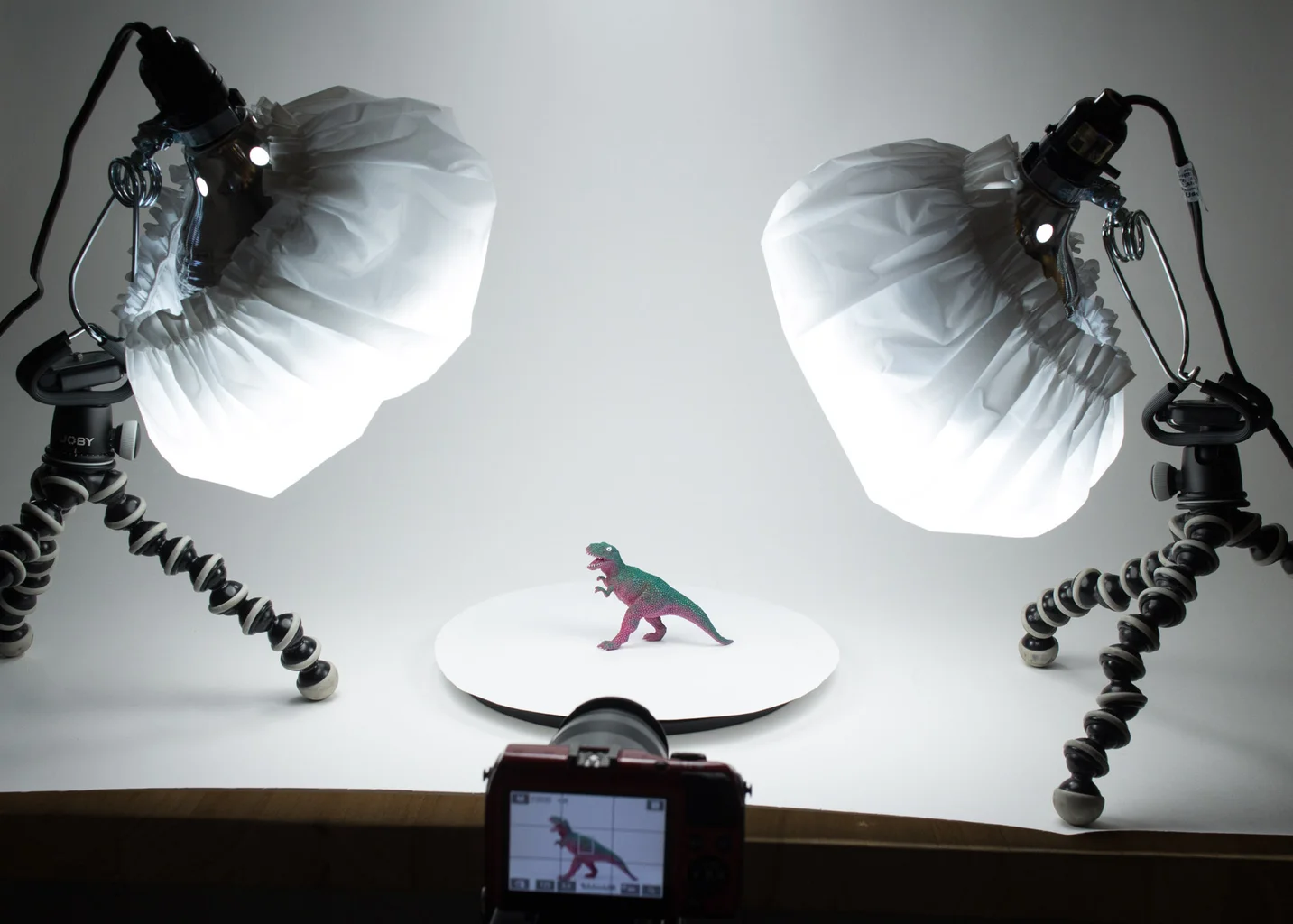3D printing has gained immense popularity across engineering and manufacturing sectors. This is mainly because 3D printing has a reputation for solving challenges like duplicating and developing prototypes. Incorporating innovative 3D metrology software it is easier to analyze, edit, and repair 3D models for 3D printing. Creating a digital workflow with 3D scanners has become the standard practice for business applications. Thus, the importance of handheld 3d scanner rental service providers has also gone up. When picking a 3D scanner, it’s vital to consider how it is intended for use. Several factors are crucial to selecting the best 3D scanner.
Precision
In modern manufacturing, digital engineering is critical in the metrology department, particularly for 3D printing applications. For instance, one might scan an item to 3D print components for assembly, data accuracy is needed to cater to the stringent tolerance requirements. Thus, it is suggested to choose a 3D scanner based on the tolerance requirements of the final components and with higher precision levels. Furthermore, 3D scanners are available in various precision levels, like laser 3D scanners, structured light 3D scanners, and so on.
Convenience of Use
When considering a handheld 3D scanner, it is also essential to find out whether the scanner is easy and convenient enough to use. Some scanners might involve a lot of steps and setups, which demands adequate training and support. The attached metrology software must also be user-friendly and compatible with 3D scanners. This makes it easy to process 3D printing and also analyze data quickly. The accompanying metrology software includes multiple features like data visualization, mesh editing, color enhancement, etc. The features are beneficial for 3D printing applications.
High Resolution
Resolution is the tiniest distance between two data points. The higher the resolution, the more details one can find on the digitized components. High-resolution handheld 3D scanner rental models can capture minor changes, unlike lower-resolution 3D scanners. When there is a high resolution, there is a denser point cloud, which indicates more data processing. Hence, there is a requirement for 3D metrology software with the latest and most advanced data processing potential. Generating precise and detailed 3D models can be achieved when high-resolution 3D scanners are used.
Budget
For top-notch 3D printing applications, a cheap handheld 3D scanner won’t deliver the optimal data quality. Picking a precise 3D scanner is an investment that can deliver ROI for years to come. Additionally, it can also save massive capital in the long run. This doesn’t mean one has to invest in renting the most expensive 3D scanners. Instead, parameters like accuracy, high resolution, and high-quality software must be considered within a specific budget.
Conclusion
The main element in choosing a 3D scanner is understanding the requirements of the business applications. Once it is understood, renting a handheld 3D scanner becomes easier. When considering handheld 3d scanner rental services, it is essential to look out for configurations like manual, semi-automated, and fully automated operations.










You must be logged in to post a comment.